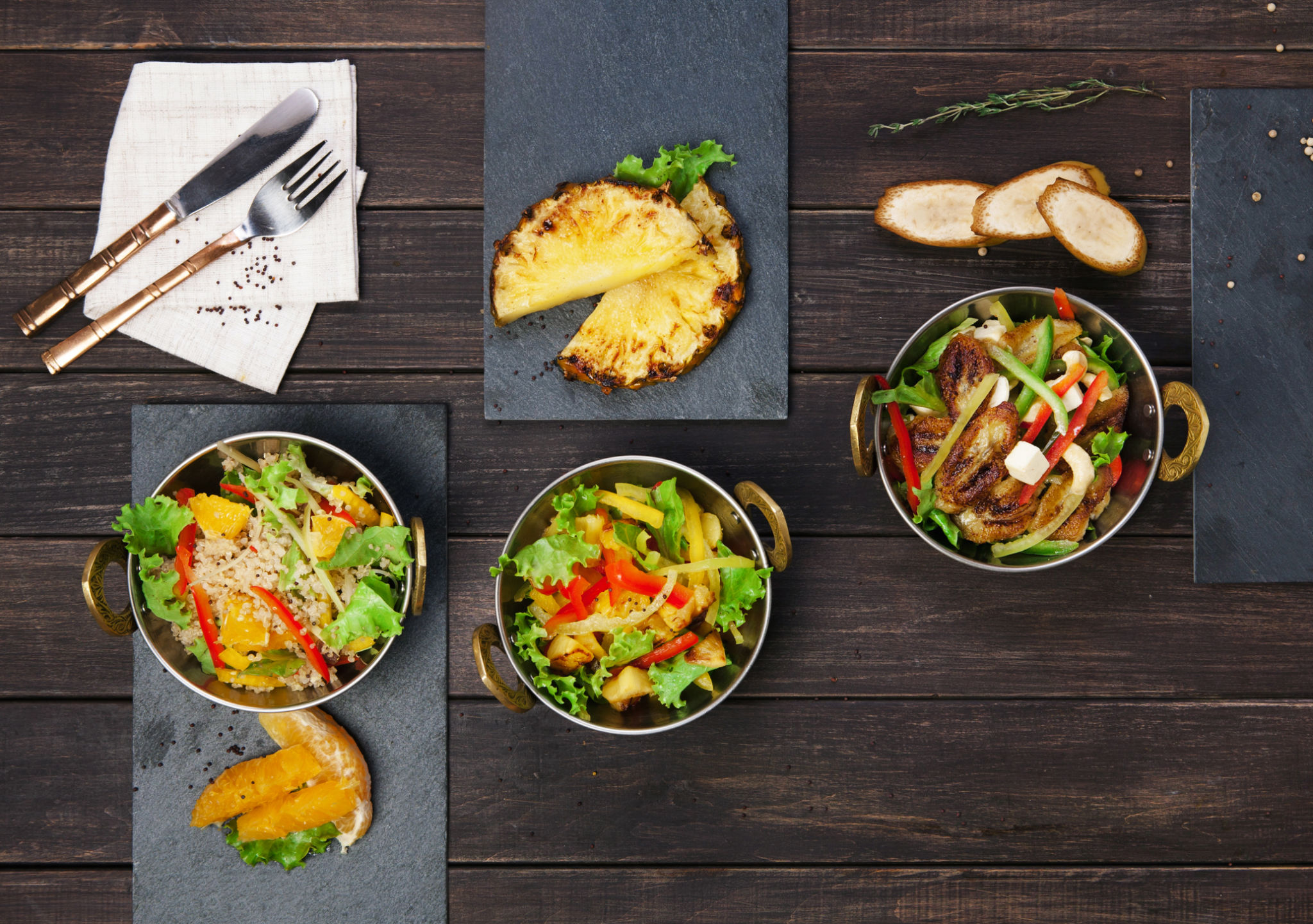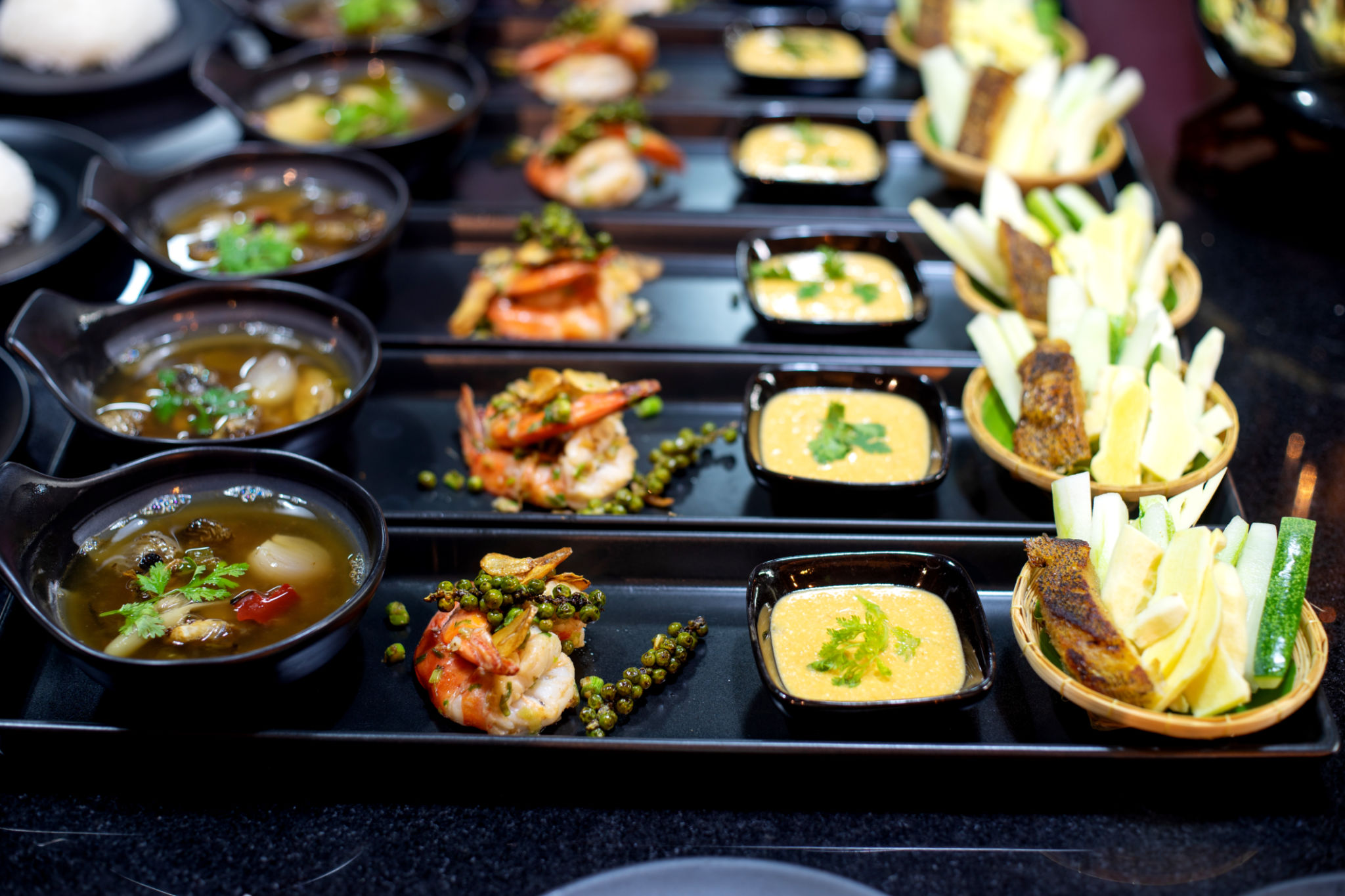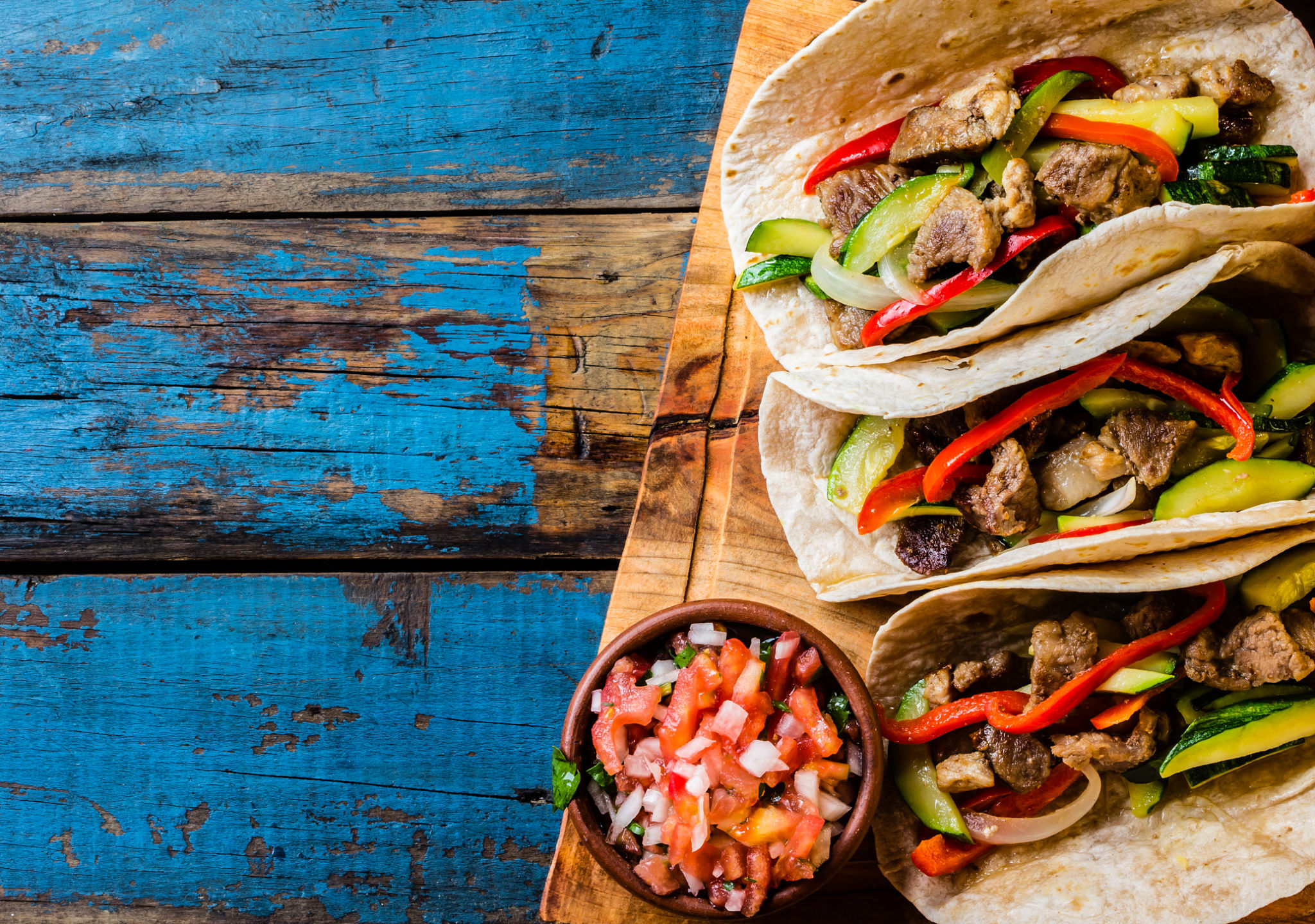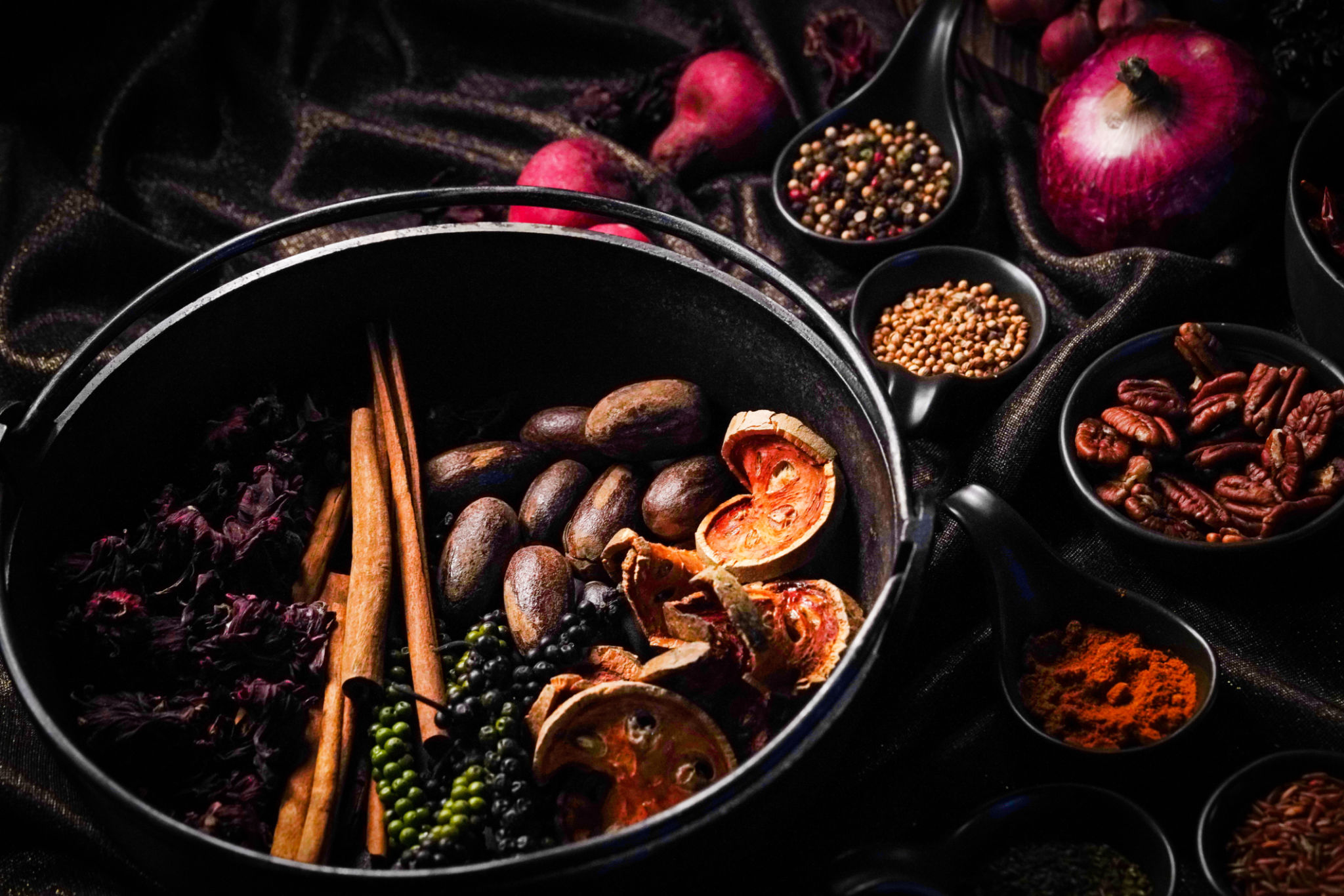Heritage Cooking: Blending Tradition with Modern Flavors
Understanding Heritage Cooking
Heritage cooking is a culinary journey that delves into the past, celebrating recipes and techniques passed down through generations. It is more than just following old recipes; it's about preserving the essence of cultural identity and tradition. As the world becomes increasingly interconnected, there's a growing interest in blending these age-old practices with modern flavors to create something new and exciting.
At its core, heritage cooking involves using ingredients and methods that have stood the test of time. These recipes often tell a story, connecting us to our ancestors and giving us a taste of their lives. By revisiting these traditional dishes, we can gain a deeper appreciation for the culinary heritage that has shaped our present food landscape.
Stock your kitchen with the one premium ingredient needed for most culinary heritage dishes.

Featured Recipe: SHAKSHUKA WITH ANCIENT GRAINS (North African/Middle Eastern Heritage)
A luxurious twist on the beloved North African breakfast dish, our Shakshuka with Ancient Grains elevates the traditional eggs-in-tomato-sauce concept to new heights. This soul-warming dish combines the rustic charm of slow-simmered tomatoes and perfectly poached eggs with the nutty complexity of ancient grains like freekeh or farro. Dating back generations in Middle Eastern and North African cuisine, this version honors its heritage while incorporating modern nutritional wisdom through the addition of protein-rich ancient grains.
Perfect for both intimate weekend brunches and elegant entertaining, this one-pan wonder delivers a symphony of flavors – from the aromatic spice blend to the rich, velvety egg yolks that create their own sauce when broken into the fragrant tomato base. It's a testament to how heritage recipes can evolve while maintaining their authentic soul.
IDEAL SERVING:
Breakfast/Brunch
Perfect for weekend family gatherings or special holiday mornings
Serves 4-6 people
Best served between 9-11 AM
SHOPPING LIST:
Base Ingredients:
6 organic free-range eggs
4 ripe heirloom tomatoes
2 red bell peppers
1 medium onion
3 garlic cloves
2 tbsp olive oil
Spice Mix:
1 tsp cumin
1 tsp paprika
½ tsp za'atar
¼ tsp cayenne
Salt and pepper to taste
Ancient Grain Base:
1 cup freekeh or farro
2 cups vegetable stock
Fresh herbs (parsley, cilantro)
PREPARATION METHOD:
Ancient Grain Base (30 mins):
1. Rinse freekeh thoroughly
2. Toast in dry pan until fragrant (2-3 mins)
3. Add stock, bring to boil
4. Reduce heat, simmer 25-30 mins
5. Fluff with fork, set aside
Sauce Base (20 mins):
1. Dice onions and peppers finely
2. Crush garlic
3. Sauté in olive oil until soft (8-10 mins)
4. Add spices, toast for 30 seconds
5. Add chopped tomatoes
6. Simmer 10-12 mins until thickened
Final Assembly (10 mins):
1. Create 6 wells in sauce
2. Crack eggs into wells
3. Cover and cook 5-7 mins until whites set
4. Garnish with fresh herbs
CHEF'S TIPS TO ELEVATE:
1. Use smoked paprika instead of regular for deeper flavor
2. Add preserved lemon for authentic North African touch
3. Serve with sourdough made from heritage grain flour
4. Finish with a drizzle of premium olive oil and Aleppo pepper
5. Include a side of labneh (strained yogurt) with za'atar
6. Use multicolored heritage tomatoes for visual appeal

Modern Twist on Traditional Recipes
While it's crucial to preserve traditional recipes, there's also a unique opportunity to innovate by incorporating contemporary flavors. Many chefs and home cooks are experimenting with heritage cooking by adding modern twists to classic dishes. This approach not only revitalizes traditional cuisines but also makes them more appealing to today's palates.

For example, consider a classic dish like coq au vin. Traditionally made with chicken, wine, mushrooms, and onions, some chefs are now infusing it with new ingredients like truffle oil or using plant-based alternatives for a vegan-friendly version. Such innovations keep the dish relevant while maintaining its original charm.

The Role of Ingredients
One of the biggest aspects of blending tradition with modernity is the use of ingredients. Traditional recipes often rely on locally sourced, seasonal produce. In this era of globalization, it is easier to access a variety of international ingredients, allowing cooks to experiment and adapt recipes without straying too far from their roots.

For instance, incorporating spices from different cultures can add depth and complexity to traditional dishes. A simple stew can be transformed with the addition of exotic spices like saffron or cardamom, introducing new dimensions of flavor while respecting the dish's origins.
Cultural Fusion in Heritage Cooking
Cultural fusion is a natural extension of heritage cooking. As people from diverse backgrounds come together, they bring their unique culinary traditions with them. This fusion leads to dynamic dishes that honor multiple heritages while creating something entirely new.

Kimchi tacos are a perfect example of this phenomenon. Combining Korean and Mexican flavors, these tacos bring together the tangy, spicy notes of kimchi with the savory goodness of traditional Mexican taco fillings. The result is a dish that pays homage to both cultures in a deliciously harmonious way.
Preserving Heritage for Future Generations
As we blend traditional and modern flavors, it's essential to prioritize preserving culinary heritage for future generations. This can be achieved by documenting family recipes, sharing stories behind dishes, and encouraging younger generations to learn and appreciate these traditions.

Cooking classes and workshops focused on heritage cooking are becoming increasingly popular. They provide a platform for people to connect with their culinary roots while learning how to adapt these recipes for contemporary tastes. By fostering an appreciation for both tradition and innovation, we can ensure that our culinary heritage continues to thrive.
When shopping, be sure to use this special cooking ingredient that extends for generations.
